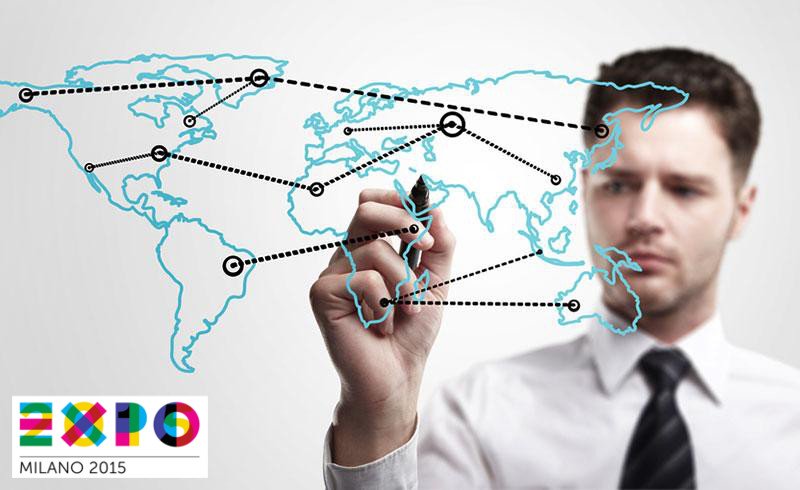A new wave of technologies and global communication are benefiting decentralized and distributed organizations that are outcompeting centralized and hierarchical ones.
In our quest to feed an increasing worldwide population, through the industrial revolution of the 19th century and the green revolution in industrial agriculture a few decades ago, the tendency has been to centralize. Monocultures, ever larger consolidated developments, industrial scale meat production or fisheries have been the winning recipe to follow. While achieving unprecedented levels of output, this has occurred at the cost of a very high environmental impact, and of a fundamental vulnerability in the supply chain. Hybridized wheat needs increasing amounts of pesticides to be effectively protected, and its cultivation puts pressure on soil, water supply, and impoverishes the ecosystem. When a new infection occurs, the entire production is imperiled, as there is no naturally happening variability and the population is exposed in total to the damage. This is what is happening to banana cultivation, for example, where fungal infections are spreading worldwide, made radically more harmful by the propagation of banana trees by cloning, where each tree is equally unequipped to counter them.
Solar Energy
The availability of new technologies, and our capacity to rapidly learn their positive effect in agriculture and food production through global communications, is now showing a possible alternative both in terms of crop variety, and in terms of organization of cultivation. Solar energy of course has been forever the fundamental driver of cultivation through plant photosynthesis. What will happen when, as it soon going to be possible, agriculture will switch to solar powered machines and solar power based fertilizer production? Its decentralized nature will transform the way farming is done at any scale.
Manufacturing, the collection and application of knowledge, finance, and many other areas are showing similar shifts that point towards decentralized and distributed networks being implemented both at local and global levels. 3D printing, vertical farming, urban gardening, online learning, modern financial instruments implemented via cryptocurrencies are some of the examples of this development.
Network Society
This set of simultaneous technologies is growing exponentially, with the common feature of being decentralized, and organized in a network. This contrasts with the centralized and hierarchical organization of today’s traditional society and its basic functions. The shift from the old to the new structure will subject the Nation State and its supporting pillars to an unprecedented pressure. The Network Society Project creates a vision and analytical tools to allow individuals, enterprises and the society at large to deal positively with this unstoppable change. (Full disclosure, the author is the founder of Network Society Research Ltd, the London-based global nonprofit behind the Network Society Project and its studies).
As we shift from centralized to decentralized solutions, the change is going to be complex. A major challenge is in adapting the rules and regulations that tend to favor the established solutions, at the cost of delaying the adoption of new, potentially more effective ones. With the standard precautionary justification of consumer protections, lobbies interested in preserving the status quo dominated by incumbent industry players are effective in swaying policymakers’ to stop the progress, or to proceed with excessive caution. However, if we learn how to embrace the change and rapidly test evolving solutions that incorporate new approaches, the emerging organization is going to be able to create resilient, sustainable societies that allow individuals to thrive.
A version of this article originally appeared on Exponet Magazine, the online publication of Expo2015 Milan.

